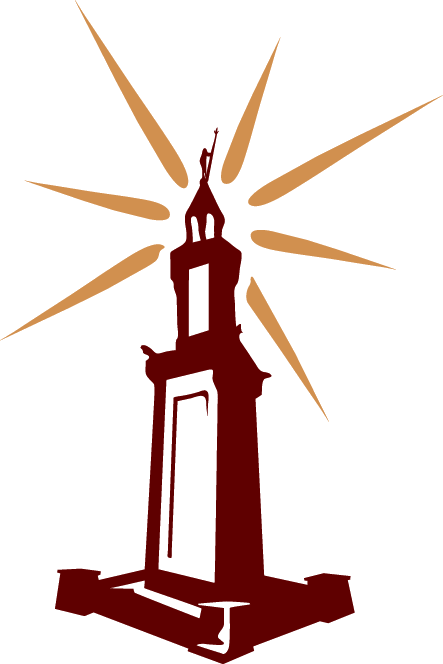Introduction: Imperial Geographies in Byzantine and Ottoman Space
Introduction: Imperial Geographies in Byzantine and Ottoman Space Dimiter Angelov, Yota Batsaki, Sahar Bazzaz [In this on-line version, the page-numbers of the printed version are indicated within braces (“{” and “}”). For example, “{69|70}” indicates where p. 69 of the printed version ends and p. 70 begins. These indications will be useful to readers who need to look up references made elsewhere to the printed version… Read more
